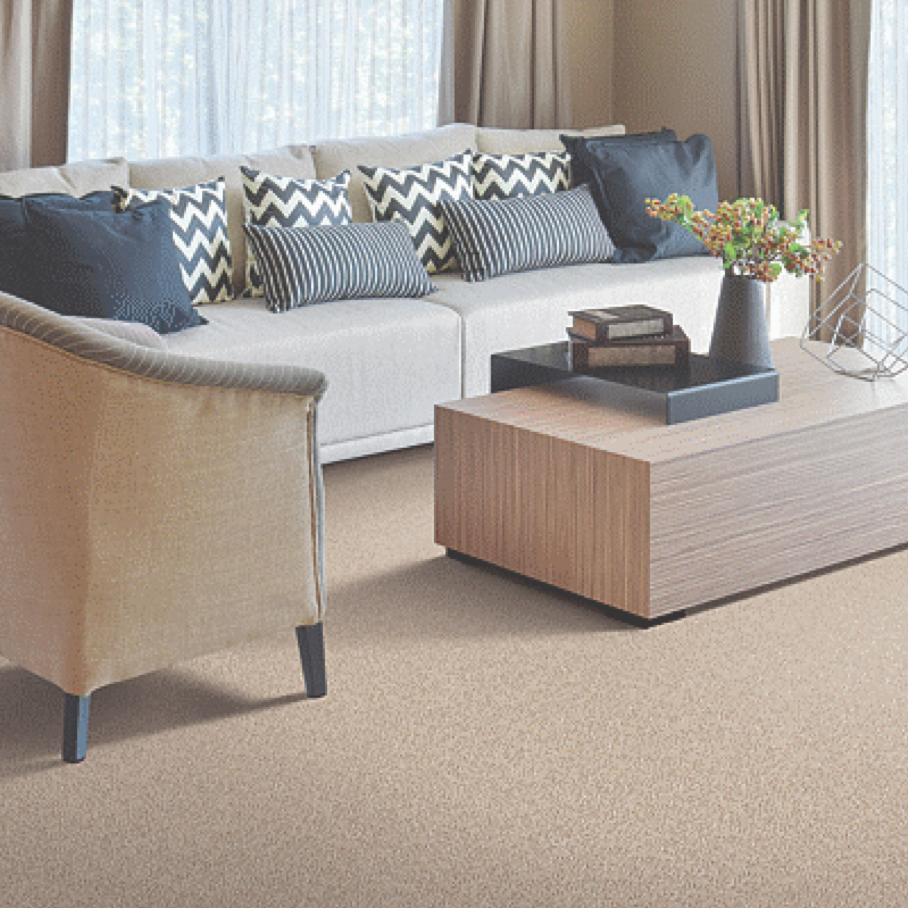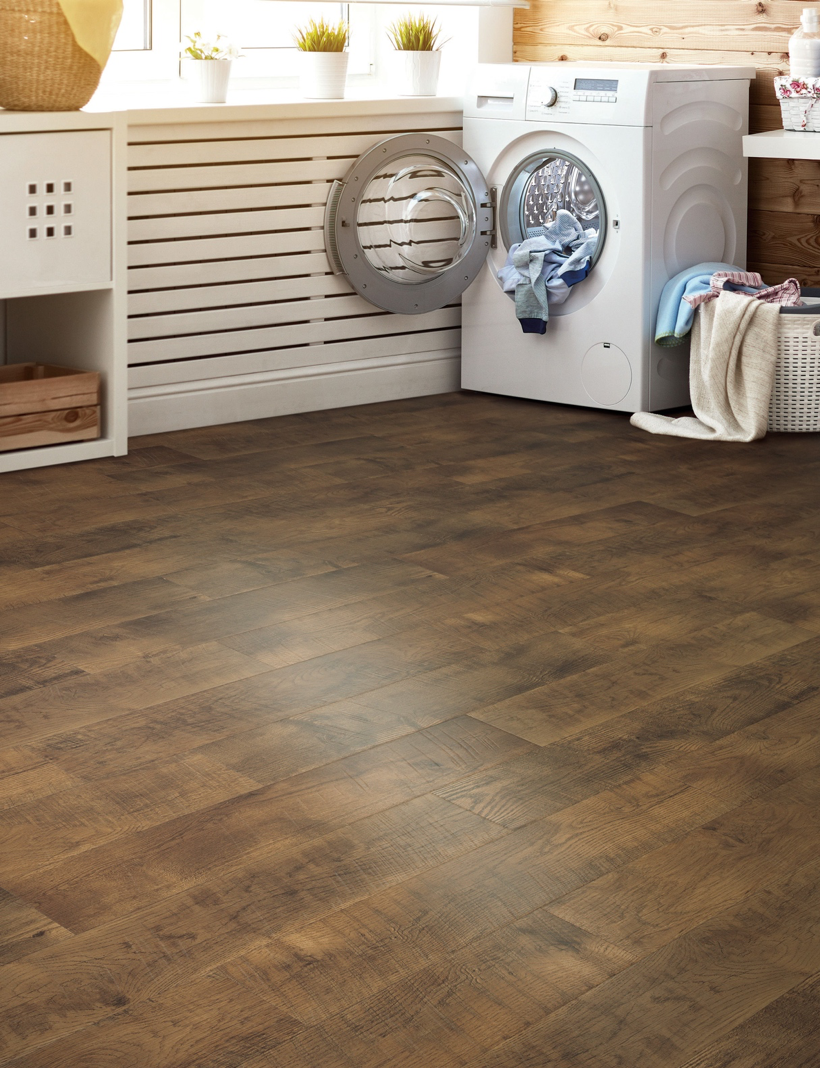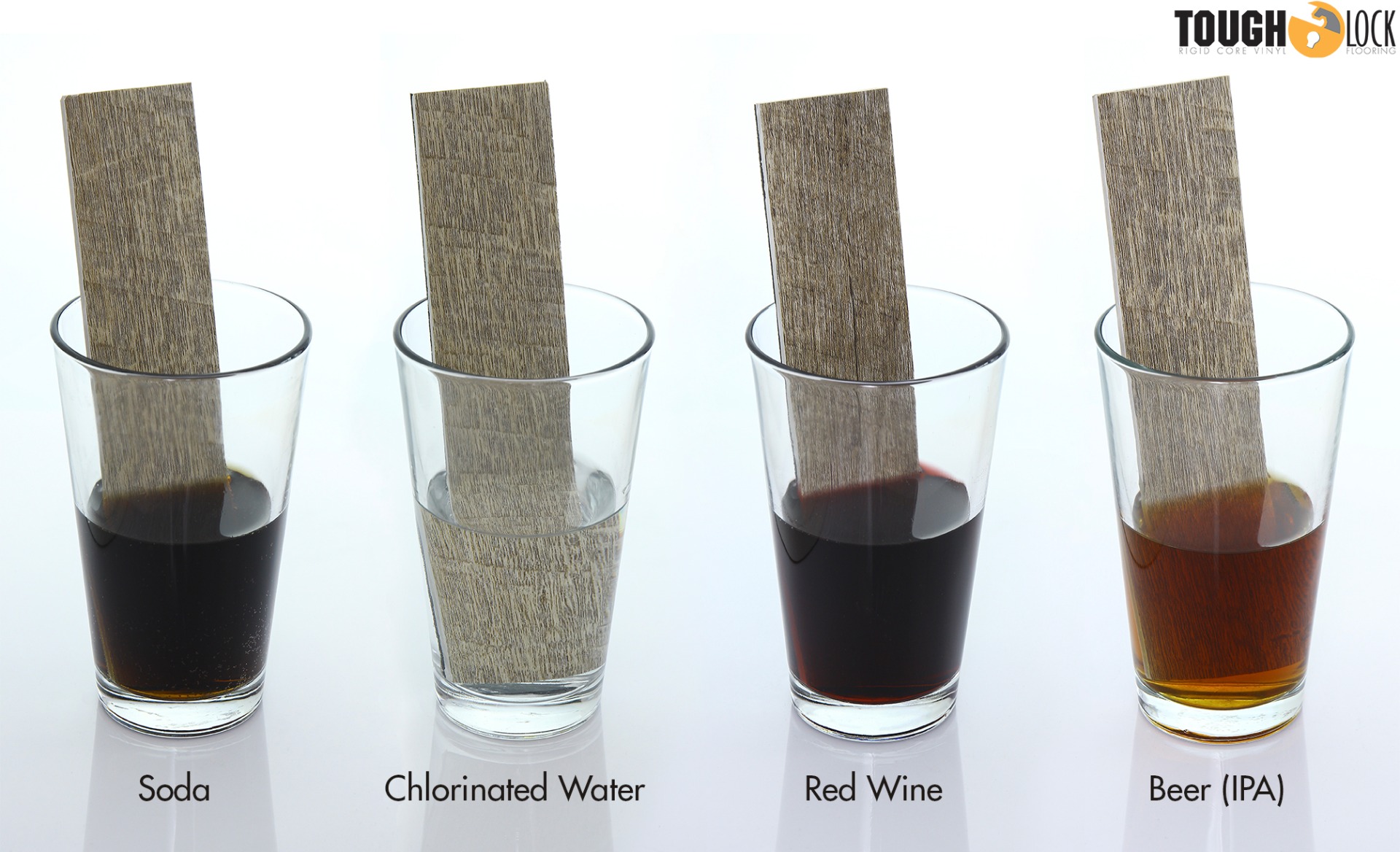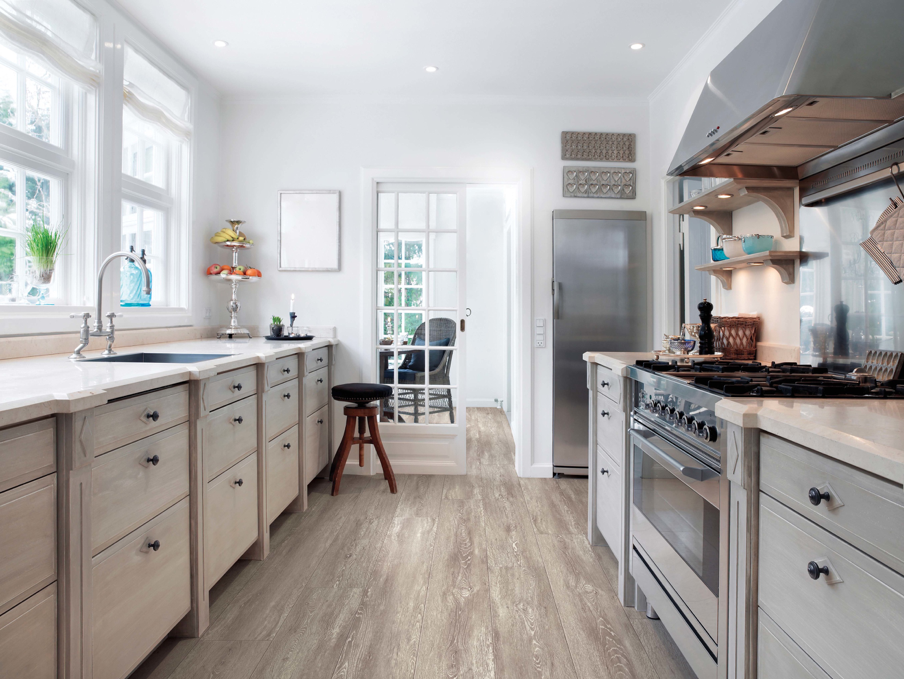Flooring for Rental Properties: All You Need to Know
- By Flooring Liquidators
- Apr 29, 2019

Owning a rental property can be a profitable a long-term investment if you make the right design decisions from the start. For instance, your property’s flooring will see a lot of action and will therefore need to be resilient enough to withstand wear and tear. Otherwise, having to replace your floors each year will waste your time and money. But besides being durable, your flooring also needs to look good and be cost-effective.
Keep reading to learn more about what to look for in flooring options specifically for rental properties. Our team at Flooring Liquidators has also put together some basic pros and cons of today’s six most popular flooring products. We’re here to help you outfit your rental property with attractive flooring that will also be profitable.
Qualities to look for in flooring for rental properties
Selecting suitable flooring for a rental property can be challenging. The expectations are different than those you have for the flooring in your own home. Before getting to the pros and cons of each flooring material, let’s first examine the main qualities to consider in flooring options for your rental property.
Overall AffordabilityThere are three factors that determine the ultimate cost of any flooring product. These include the costs of the flooring material, installation and continuous maintenance. Combined, they give you an overall picture of just how affordable each flooring option is (or isn’t). Remember, each type of flooring offers a range of high-end to low-end options.
DurabilityYou’ll want durable floors that can withstand your tenants’ constant foot traffic and movement, especially over the long term. Therefore, durability should be a top priority, no matter which flooring you choose. It should also last for as long as possible without the need for too many repairs.
Low-maintenanceLet’s be honest. Most renters won’t go beyond the basic mopping or vacuuming of your property’s floors. Usually, such floor maintenance, including waxing, re-grouting or polishing, among other tasks, are done by landlords or investors during vacancies. Therefore, you’ll want low-maintenance floors that won’t require constant upkeep.
Pleasant-LookingLooks matter. Go for an understated yet modern-looking flooring style for your rental property (i.e., no shag carpeting!). If your property is unfurnished, remember that subtle colors will blend in with most colors of furniture that tenants bring. For higher-end properties, hardwood floors are always considered luxurious.
Easy to installAs mentioned, installation is part of the overall cost consideration regarding the type of flooring you choose. Some floors are easier and less time-consuming to install (laminate, vinyl) than others (tile or hardwood), which can affect the price. For the best results, let professionals install your floors.
Pros and cons of the most popular flooring options for rental properties
Whether you prefer carpet, hardwood, tile, laminate or luxury vinyl, each flooring category has advantages and disadvantages when it comes to outfitting rental properties. Also keep in mind that different rooms of your rental property will have different flooring needs. For example, it’s best to avoid carpet or hardwood in humid or damp areas. We believe that the more informed you are, the easier it will be to decide which flooring is more profitable. Here are some of the pros and cons that Flooring Liquidators has compiled for today’s most popular flooring solutions.

Carpet
Pros: Carpet is easy to install and replace compared to other flooring options. It’s a good insulator, which can reduce noise (a bonus if you have loud tenants) and energy bills. It’s also comfortable and cozy underfoot, which will appeal to tenants.
Cons: For tax purposes, this non-permanent flooring has a depreciation life of only five years. Even today’s many stain-resistant carpets can show wear and tear and must be professionally cleaned – perhaps even re-stretched or replaced – between residents. If there are rips or obvious stains, entire sections will have to be replaced, not just patches.

Hardwood
Pros: Besides its universal appeal, hardwood floors, which most tenants view as a design upgrade, are easy to clean. If professionally installed (in areas where moisture is not an issue) and maintained regularly, hardwood floors can last a lifetime. Solid hardwood floors can be refinished; the thicker the hardwood, the more times it can be refinished, which may be frequent in your rental property.
Cons: Hardwood floors are considered expensive to install and repair. They require routine maintenance, like being oiled, to retain their quality and luster. While durable, hardwood is susceptible to water damage and scratches. Plus, sunlight can lighten the original color.

Tile
Pros: Ceramic tile is water-resistant, durable and easy to clean. This makes it a great option for kitchens and bathrooms and in geographic areas with high humidity and moisture. It also has a long lifespan and can be used in outdoor spaces.
Cons: While easy to clean, tile will periodically need to be re-grouted and sealed. It’s also not indestructible; cracked or broken tiles can be replaced, but unless you have extra tiles on hand, you may have to replace the whole floor if you can’t find a matching tile. Installation requires time and skill, which can be expensive.

Laminate
Pros: Laminate offers the appeal of hardwood but is more affordable, easier to install and scratch-resistant. It’s considered extremely durable and easy to maintain, even in rental properties with young families and pets.
Cons: Prone to water damage and chipping, laminate can be hard to patch if a section is damaged. It also has a much shorter lifespan that hardwood. If your property’s subfloor has imperfections, the laminate will show uneven surfaces.

Vinyl
Pros: Luxury vinyl, which resembles tile, hardwood, or stone, is durable, resistant to water, heat and sunlight, and is easy to install, clean and maintain. Its strength and beauty can withstand high-traffic areas, like bathrooms and kitchens. There’s no sealing or grouting required, and it’s inexpensive to replace if damaged.
Cons: While perfect for bathrooms, kitchens, and basements, luxury vinyl can be subject to mold and mildew if moisture gets underneath. It can also rip and tear, and if damaged, the entire surface must be replaced.
Conclusion
When deciding what type of flooring is best for your rental property, Flooring Liquidators recommends considering overall affordability, including installation, as well as durability, maintenance, and design. Knowing each option’s pros and cons will help you choose the right flooring for your rental property. Having the right flooring will satisfy your tenants, who will likely renew their lease every year.




Validate your login